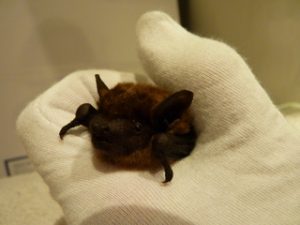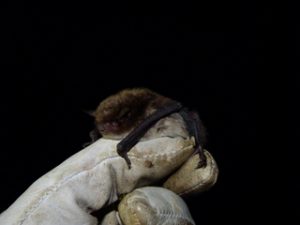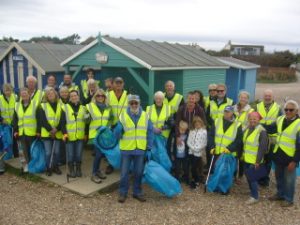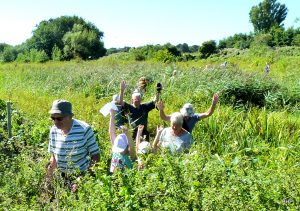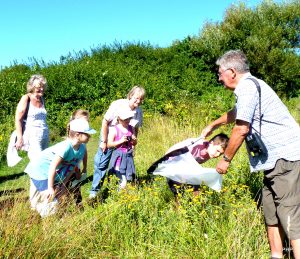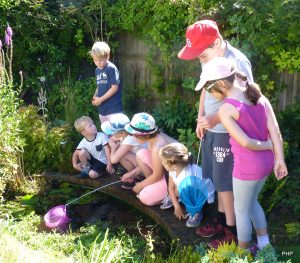For our September meeting we welcomed Clare Blencowe, who came to talk to us regarding the work of the Sussex Biodiversity Record Centre (SxBRC). Clare has recently taken up the post of Record Centre Manager and gave us an enthusiastic insight into the importance of the data collected and its diverse uses. One of many local record centres around the UK they collect, manage and disseminate wildlife data, providing an information service for the whole of Sussex. The SxBRC is also part of the Association of Local Environment Record Centres and the National Biodiversity Network.
SxBRC works closely with many partners, including local planning authorities, government agencies, conservation bodies, water companies and other organisations. Through these relationships high quality environmental information can be made available to decision-makers in planning, land management and conservation across Sussex. To provide this valuable information the SxBRC is reliant on the local recording community in Sussex. Driven mostly by volunteers and enthusiasts who have taken the time to observe and identify the variety of species and habitat around us and then to enter this information into the SxBRC database via their on-line recording system. Some individuals find the time to record thousands of sightings and it is this tide of recorders that the SxBRC relies heavily on and is always keen to attract additional volunteers.
After a break for refreshments Tricia Hall delivered her Nature Notes and opened by informing us that the new boat in Sea Lane had been planted up with a variety of plants suited to coastal conditions. Swallows, House Martins, Brent Geese, Wagtails, Teals and Herons had all been sighted in and around Ferring. A Kingfisher and a Water Vole had been seen on the Rife near the Country Centre. Tricia concluded her talk by showing us some interesting photographs from her recent holiday on the Isles of Scilly.
Planning news followed with Ed Miller advising us that the planning application for a 4-bedroom detached house in Hangleton Lane had been refused by Arun DC although permission had been given for the caravan, gazebo etc. to remain. There has been no further news regarding the Goring Gap and Worthing BC are still opposed to any building on this site.
Michael Brown concluded the meeting with news of the Rampion Windfarm. The laying of cables in the East Worthing area should be complete by spring 2017. To minimise any damage to the chalk grassland Eon are to use a re-turfing machine. All 116 turbines should be installed by spring 2017 and the blades should all be attached by spring 2018.

